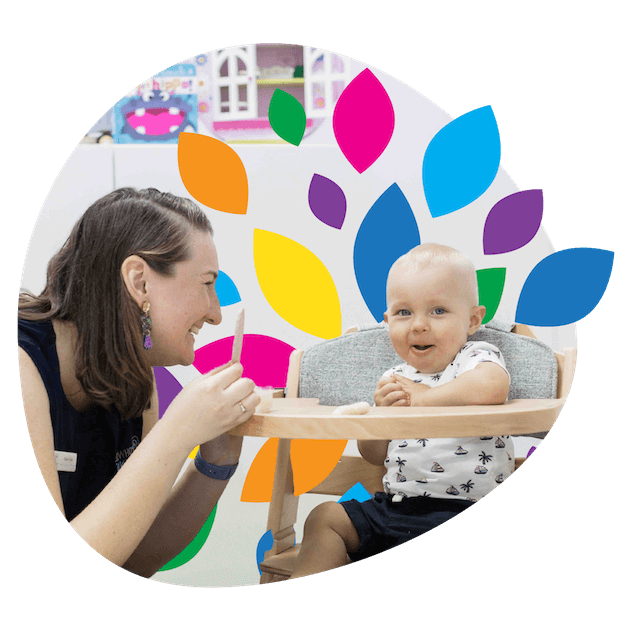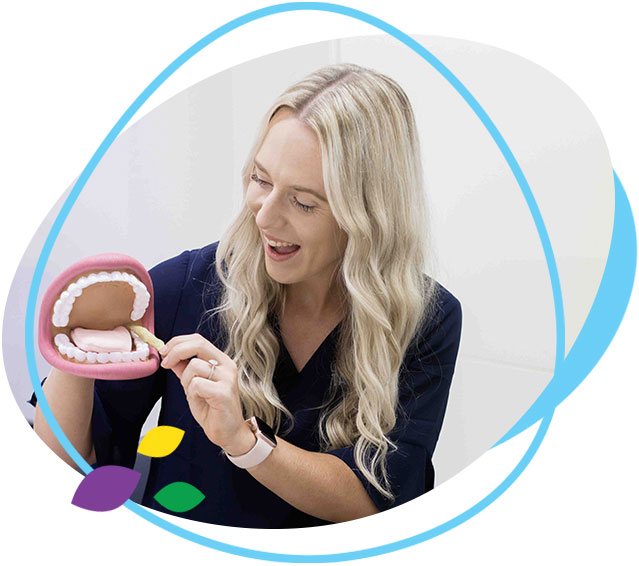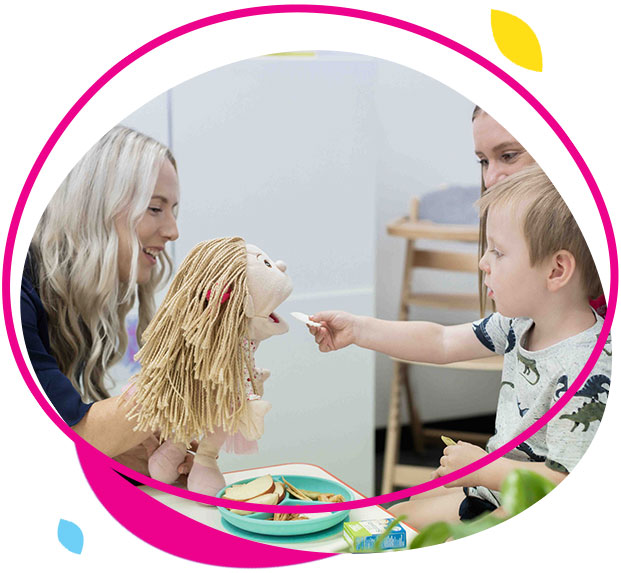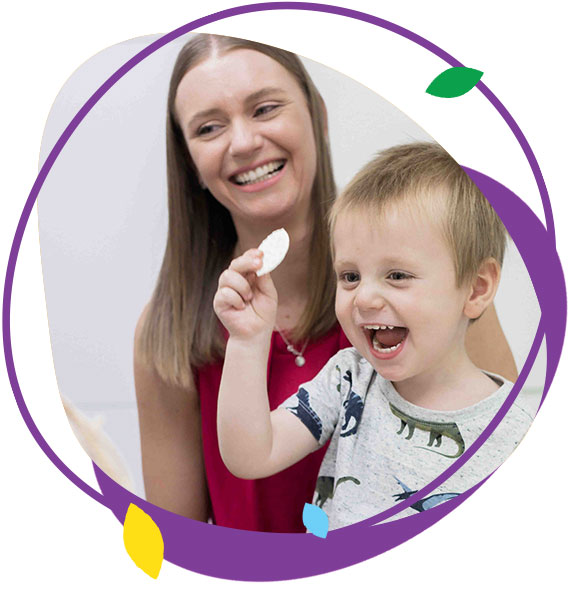Feeding THERAPY
Mealtimes are woven into the fabric of family life. As we share a meal, we share details about the day, offer support and encouragement and enjoy tasty, nutritious food.
For many families, though, mealtimes are not like that at all. They’re a source of anxiety and frustration. Why? Because one child just won’t eat what’s on the plate.
We know how hard that is and how many difficult feelings it can trigger both for you and for them. We’re here to help.












